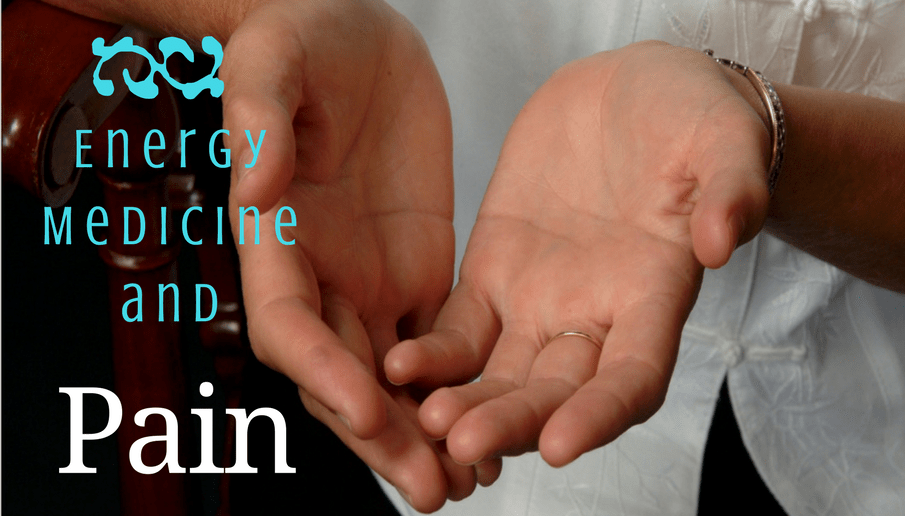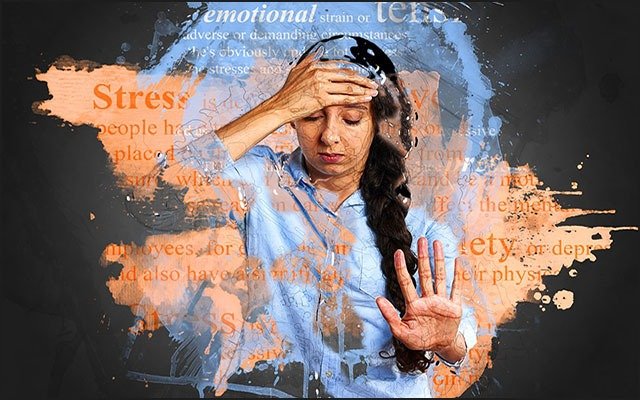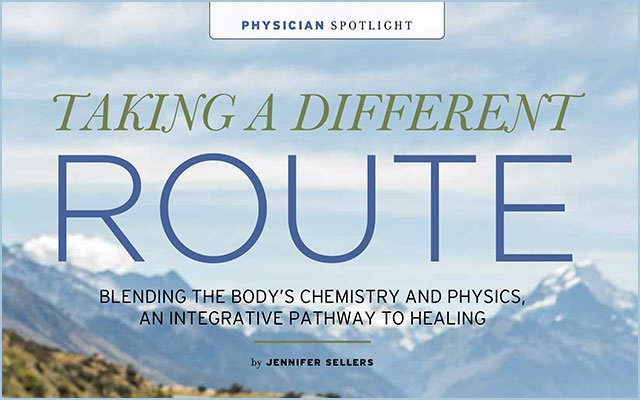How Healing Touch Therapy Works

Florence Nightingale believed in it. So do Native Americans and shamans in African culture. And the Chinese began using it as long as 5,000 years ago. We’re talking about Healing Touch, or more specifically, the art of energy medicine.
At its most basic level, Healing Touch is an integrative medicine approach involving the use of hands to balance, center and reenergize the parts of the body that are in pain or having a problem. We see a Healing Touch approach used in Reiki, massage therapy and even acupuncture. As interest in integrative approaches to traditional medicine has risen, so has the popularity of the art of energy medicine. For a more detailed explanation on energy medicine, we reached out to Deborah Larrimore of Wake Forest Baptist Health’s Integrative Medicine department and Tao Care.
A primer on Healing Touch
Larrimore had a career in nursing where she first started looking into helping people with their healing journey. Eventually, Larrimore became a nurse educator in holistic nursing where she came across the Healing Touch curriculum as part of nursing continuing education. A nurse for over 40 years, five of which working with patients in pain as a hospice nurse, she saw many people die healed in relationship or as she says “within their spirit” despite their physical reality.
Larrimore came to see healing as part of a journey to wholeness rather than a cure – emotional, physical and spiritual wholeness. She embraced energy medicine, the broader category for Healing Touch, learning that the benefit that Healing Touch provided was based on one’s energy system, which includes the chakras.
“We each have an energy system comprised of our meridians, energy center (chakras) and the human biofield, which is the energetic field around the body”, shared Larrimore.
“The biofield holds information that I can feel in the form of heat. A good example of this is when someone has a headache…I can feel sense the energy around the head as a warmth that I now know is how a disturbance, like a headache, manifests in the space around the body.”
Through consciously using her hands in a very heart-centered way to promote health and healing, Larrimore uses a very light or near-body touch to influence the energy field that penetrates and surrounds the body. Larrimore stresses that the compassion and presence of the person doing the Healing Touch is critical. It’s important for healers to put their hands on others with kindness and not anger. They must to be fully present, or “in the moment” and not mechanical for Healing Touch to be successful.
What Larrimore knows today that she didn’t know when she first started is the science behind this approach.
“I came to learn that the human hand has a vibration or frequency that can actually be measured,” says Larrimore.
“The frequency is measured in hertz. The frequency can vary based on what the healer is feeling, which impacts the healing process. Exactly how it does this is somewhat unknown. But in traditional medicine, pulsed electromagnetic field therapy (PEMF) machines have been around for quite some time and used to promoting bone healing. Setting the PEMF machine on eight hertz promotes healing. The same frequency comes off the human hand. The strongest frequency comes off of the palm.”
The Theory Behind Healing Touch Therapy
Deborah Larrimore, performing the Healing Touch technique
The theory behind this technique is that by opening, balancing and clearing the energy system, one may facilitate healing of the body, mind and spirit. All energy therapies focus on removing what’s referred to as “energy congestion” that forms in an individual’s energy fields and/or energy centers. Once these disturbances are cleared, the energy channels are free to complete their task of bringing body, mind and spirit together to promote healing. It’s also thought that by restoring balance to energy field disturbances, one can prevent future illness.
The specifics of how it works is still somewhat of a mystery. It’s hard to definitively describe the exact mechanisms the healing experienced. However, the cumulative results of many studies on energy medicine and consciousness indicate strong agreement that something is happening – and that recipients of Healing Touch do respond positively to these kinds of energy therapies.
Bringing together traditional and integrative medicine
A few years back, Larrimore launched a Healing Touch Consult Service for in-house patients at Wake Forest Baptist Medical Center. It was service available to all patients, with no fee for Healing Touch therapy. Staffed by nurses and other professionals who had in-depth training and education in the art of Healing Touch, it was a uniquely volunteer service. In the first year of operation, over 700 patients were served.
Healing Touch has helped people on many levels. The medical center reports patients experiencing:
- Decreased pain and fatigue
- Faster recovery
- Less anxiety and stress
- Improved sleep pattern
- Increased sense of calm
- Deeper spiritual connection
- Improved wound healing
Larrimore is not surprised.
“We’ve become such a touch-deprived society. Think about how we all start out as babies…we need that human touch from our mothers. It’s vital to our survival. We see babies in orphanages that fail to thrive because of lack of touch,” says Larrimore.
“Sadly, our society shuns too much touch. Coaches and teachers can’t hug kids these days – it’s become something to be skeptical of. But the reality is we don’t really outgrow the need for touch.”
PainPathways Magazine
PainPathways is the first, only and ultimate pain magazine. First published in spring 2008, PainPathways is the culmination of the vision of Richard L. Rauck, MD, to provide a shared resource for people living with and caring for others in pain. This quarterly resource not only provides in-depth information on current treatments, therapies and research studies but also connects people who live with pain, both personally and professionally.
View All By PainPathways






